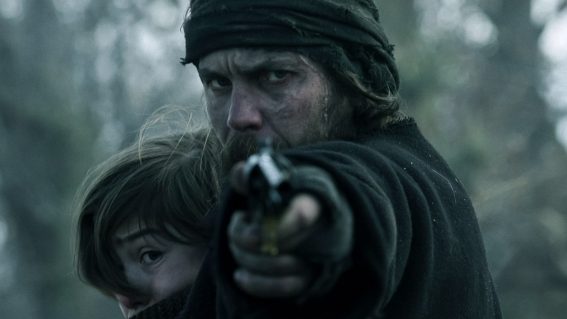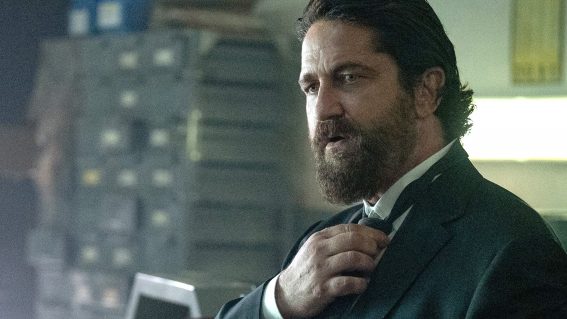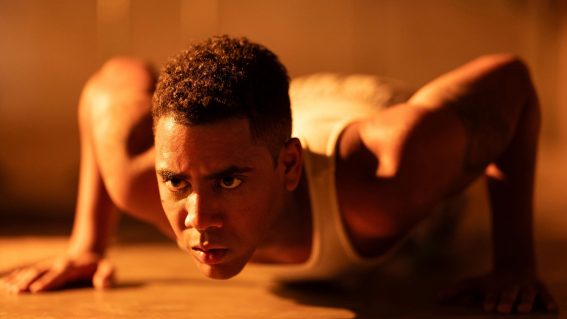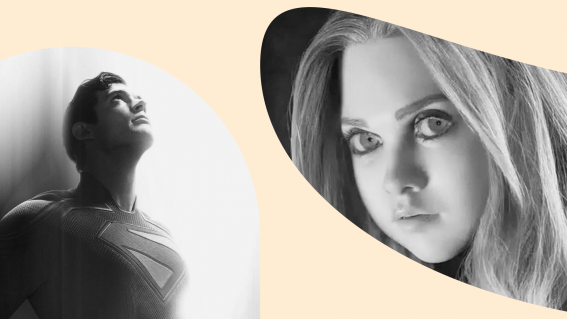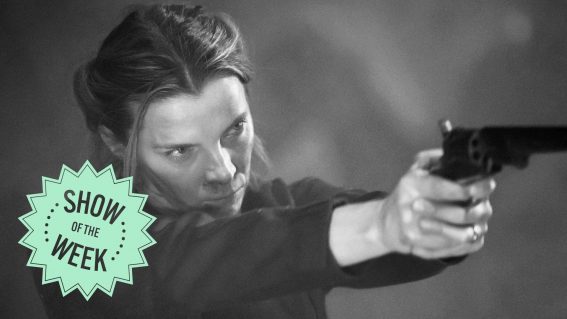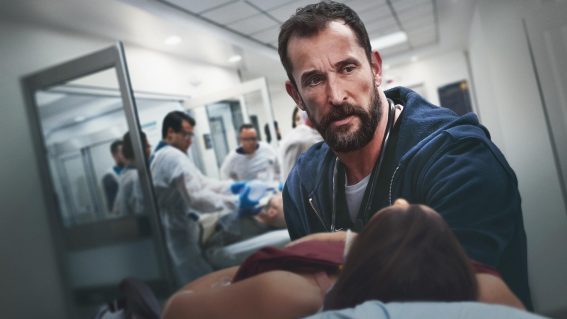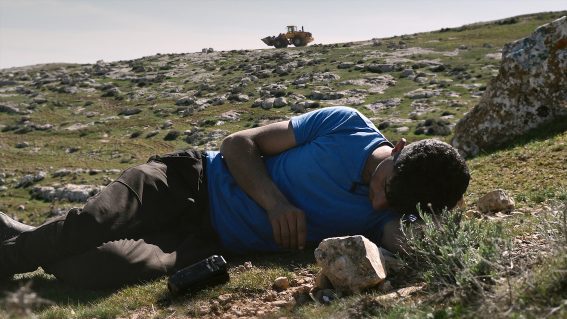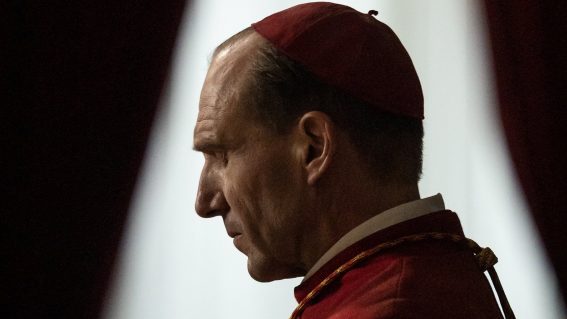The 10 wildest and weirdest offerings from the Jim Henson Creature Shop
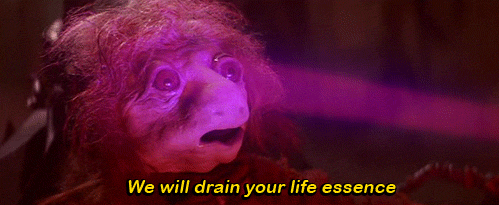
Netflix’s Dark Crystal series is the latest work of insane beauty from Jim Henson’s Creature Shop. Over the years the company has produced some incredible creations for many very colourful, very trippy productions. Travis Johnson picks the 10 weirdest.
Netflix’s The Dark Crystal: Age of Resistance is almost upon us. Spooky kids of a certain generation are very, very excited to return to the ethereal, otherworldly plane we first explored in Jim Henson’s landmark all-puppet fantasy, The Dark Crystal, way back in 1982.
Of course, those raised on a steady diet of Henson know that the man behind the Muppets always had a darker, weirder side, one that unsuspecting parents all too frequently exposed their hapless offspring to, on the understanding that the guy behind Kermit the Frog and Fozzie Bear would never make something that kids would find actually traumatic. The poor fools.
But he did, and we saw ‘em. Considering how keen we all are to get down the various Gelflings, Skeksis and Podlings of The Dark Crystal again, they certainly made an impression on our young minds. So, let’s see if any of the following Henson hits dredge up any childhood nightmares, starting – rather predictably, it must be said – with…
The Dark Crystal (1982)
Well, we can’t very well leave this one off, can we? Jim Henson directed this extraordinarily ambitious fantasy adventure, which not only contains no human characters, but no human actors. It’s all puppets – horrifying, nightmare-fuel puppets.
Sure, Gelflings Jen and Kira are cute enough, and so’s little dog-thing Fizzgig, but once the Skeksis are drinking the life essence out of the little Podlings and the crablike Garthim are bursting through walls, their claws a-clacking, children were running screaming from the cinema (this may or may not have happened to the author circa ’82).

Dreamchild (1985)
Here’s one from the deep vaults. Written by British TV legend Dennis Potter, Dreamchild sees an elderly Alice Liddell (Coral Browne) reflecting on her troubling relationship with the Reverend Charles L. Dodgson (Ian Holm), aka Lewis Carroll. While the film is careful not to weigh in on whether Dodgson’s affection for the young Alice was paedophilic in nature, the elderly Alice is tortured by the possibility.
Her fears manifest as hallucinations of various characters from Alice’s Adventures in Wonderland – all created by, as you must have guessed, Jim Henson’s Creature Shop. This is really not one for the younger set, but as a mature fantasy tackling difficult themes, it’s fascinating.
Labyrinth (1986)
If you’re ever unsure how to talk to your kids about puberty, you could just show them this. Between David Bowie’s randy, bulging Goblin King and Jennifer Connelly’s fey, pubescent heroine, just about all bases are covered.
This is one of many parallel world coming-of-age tales graced by the Henson touch, following Connelly’s Sarah into the titular labyrinth (designed by The Dark Crystal’s Brian Froud) as she struggles to rescue her baby brother from Bowie’s mystical monarch. All kinds of allegorical creatures and situations aid and impede her on her twisting path but really, let’s not equivocate – Labyrinth is about puberty.
The Storyteller (1987) and The Storyteller: Greek Myths (1990)
Creaky old John Hurt sits by the fire and tells European fairy tales to his dog (voiced by Brian “Hoggle” Henson), which are then brought to life with all the wonder and wizardly the Creature Shop can muster. That’s your lot, but what a lot it is: nine perfect episodes, each written by future A-list director Anthony Minghella, that delve into the darker side of folklore.
They repeated the trick for four episodes in 1990, adapting the Greek Myths, with Michael Gambon subbing in for Hurt. Same dog, though. If you’re going to pull out a single highlight, The Soldier and Death with Bob Peck (Jurassic Park) is simply wonderful – and not a little unsettling.
Monster Maker (1989)
Adapted from the novel by Nicholas Fisk, this 45 minute TV special is a coming-of-age tale centred on young Matt (Kieran O’Brien), a British special effects geek who wants to apprentice at the company run by American creature guru Chancey Bellow (Harry Dean Stanton, more leathery than any Muppet).
Fantasy bleeds into reality when the massive puppet creature Chancey’s team are working on, dubbed the Ultragorgon, comes to life when Matt is alone in the workshop and talks to him (with the voice of future Dumbledore Michael Gambon, no less). At the time the critter was the largest puppet ever built and had more than a few kids hiding behind the couch.
The Witches (1990)
Jim Henson personally selected Don’t Look Now and The Man Who Fell to Earth director Nichola Roeg to helm this adaptation of Roald Dahl’s revered children’s novel, and what was disturbing on the page is downright terrifying on the screen. The great Anjelica Huston is the leader of a secret worldwide witch cult who want to kill every child on earth, and only young Luke (Jsen Fisher) and his grandmother (Mai Zetterling) can stop them. The scene where the Huston leads her gathered coven in transforming from normal-looking women into grotesque hags is an all-timer; the upcoming remake by Robert Zemeckis probably won’t be.
Farscape (1999 – 2003)
Riffing on Buck Rogers, this Australian-American co-production sees a human astronaut, John Crichton (Ben Browder), accidentally flung to the far side of the galaxy, where he teams up with a mixed bag of criminals, rebels, refugees and renegades on the run from the militaristic Peacekeepers. The highlight for Henson fans is that the Creature Shop did all the alien designs, which puts it light years ahead of the Star Trek bumpy forehead brigade, and even Star Wars’ still largely humanoid creature crew.
After all, they never had the alien despot Rigel, who farts helium out of his head when frightened, or the truly alien Pilot, who is symbiotically bonded with the protagonists’ living ship, Moya. A good series to bring up when your most nerdy friend starts harping on about Babylon 5.
Brotherhood of the Wolf (2001)
One of the Creature Shop’s rare excursions into pure horror. Christophe Gans’ cult classic takes the real world Beast of Gevaudan as its starting point, taking the actual historical accounts of a rampaging beast that reportedly killed hundreds in 18th century France and spinning it into a horror epic that pits Samuel Le Bihan’s man of science and Mark Dacascos’s Iroquois warrior against a vast and blood thirsty conspiracy. Henson’s people did the creature effects, and let’s just say that, if you’re thinking “werewolf”, you’re not thinking weird enough.
Mirrormask (2005)
Between American Gods and Good Omens, everyone is currently falling all over themselves to bring the works of fantasist Neil Gaiman to the screen. But back in 2005 it was a different proposition. Sandman comics cover artist Dave McKean made his feature directing debut with this bonkers bit of business, which The Jim Henson Company produced.
Stephanie Leonidas is the young heroine who has grown bored with her family’s life as travelling circus performers (as you do) and finds herself stuck in a weird parallel world where everything looks like Dave McKean artwork. There she must undertake an allegorical adventure in order to save a representation of her sick mother (as you do). This one tends to divide audiences – it’s either a genuine oddity or a weird banality, depending on whether you preference design (which is striking) or plot (which is not). Still, you’ve not seen much else like it, that’s for sure.
Where the Wild Things Are (2009)
In adapting Maurice Sendak’s absolutely immortal 1963 children’s book, director Spike Jonze and co-writer David Eggers chose not to make a children’s film, but film about childhood. The result is a haunting, elegiac, vaguely troubling exploration of a child’s (Max Records) psyche as he grapples with not being the absolute centre of his mother’s (Catherine Keener) world, his anxieties and passions personified by the various Wild Things that populate his fantasy land. The Creature Shop supplied the creatures, naturally, translating Sendak’s distinctive designs beautifully.

